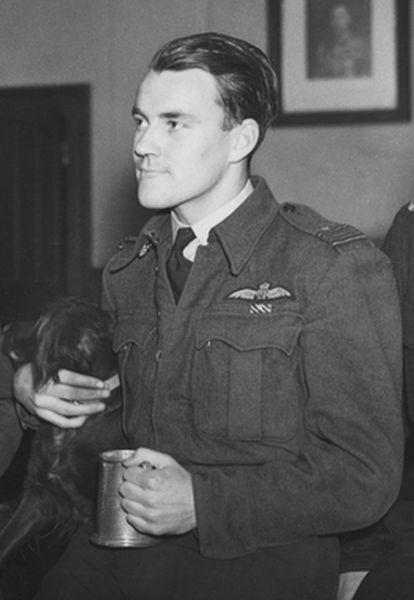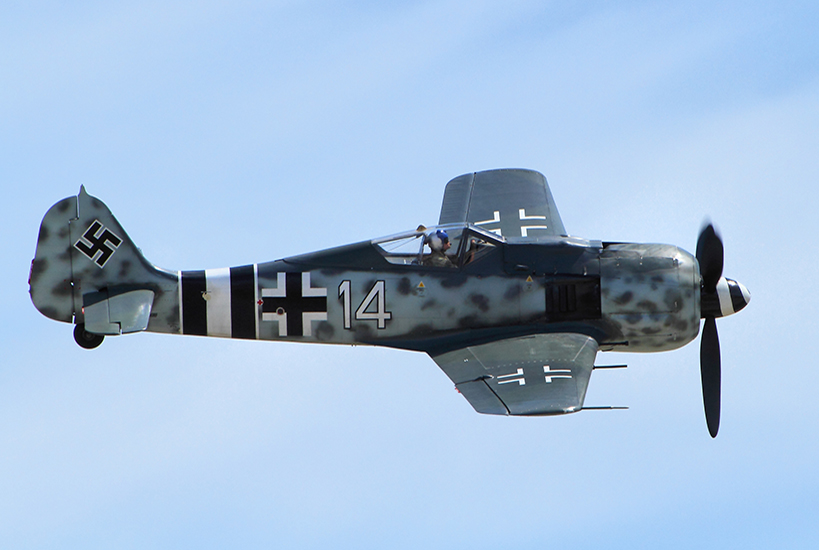Armstrong, Hugo Throssell "Sinker"
- Date of birth:
- June 9th, 1916 (Perth/Western Australia, Australia)
- Date of death:
- February 5th, 1943 (The English Channel (KIA))
- Service number:
- 406022
- Nationality:
- Australian
Biography
Armstrong was the nephew of Hugo Throssell, a Victoria Cross winner on Gallipoli during the first World War.
He lived in Cottesloe and attended Hale School from 1929 to 1932.
He left school to work for as a car salesman for the family vehicle business and gained a reputation as a fanatical racing driver.
He was to be one of the first to join the RAAF after the outbreak of war and after training on Tiger Moths at Cunderdin he sailed for England and joined No 452 Squadron as a Spitfire pilot.
He was commissioned as a Pilot Officer in early part of 1941. He then served with 129 and 72 Squadron's until July 1942 when he was then posted as O.C. 611 Sn. In the meantime his tally had reached 9 kills. The first occuring on the 21st September 1941 when he shot down a Bf 109E over Le Touquet whilst escorting Blenheims. Armstrong was the Commanding Officer of 611 Squadron, which took-off on a scramble to intercept an FW190 raid, his 150th operation, but was shot down by one of the FW190s from 5/JG26 and crashed in the sea off Boulogne. The German pilot credited with this was Heinz Gomann.
Armstrong was credited with 12 kills during WW2.
Promotions:
1940: Pilot Officer
1941: Flying Officer
April 1942: Flight Lieutenant
September 1942: Squadron Leader
Do you have more information about this person? Inform us!
- Period:
- Second World War (1939-1945)
- Rank:
- Acting Flight Lieutenant
- Unit:
- No. 72 (Basutoland) Squadron, Royal Australian Air Force
- Awarded on:
- May 29th, 1942
"This officer has participated in 29 operational sorties over enemy territory. He has destroyed at least 5 enemy aircraft and damaged a further 2. Flight Lieutenant Armstrong has displayed courage and initiative and his judgment and skill as a leader have contributed largely to the successes achieved by his flight."
- Period:
- Second World War (1939-1945)
- Rank:
- Acting- Squadron Leader
- Unit:
- No. 611 Squadron, Royal Australian Air Force
- Awarded on:
- January 8th, 1943
"Since being awarded the Distinguished Flying Cross Squadron Leader Armstrong has participated in many sorties over enemy occupied territory during which he has destroyed a further 4 enemy fighters and probably destroyed 2 others. His great powers of leadership have contributed largely to the successes achieved by his squadron. This officer's keenness to engage the enemy at all times and his excellent escort work have set an inspiring example to all."
Second DFC awarded as a bar for on the ribbon of the first DFC.
Sources
- Photo 1: Australian War Memorial SUK10439 (Public Domain)
- - SHORES, CH. & WILLIAMS, C., Aces High, Grub Street, London, 1994.
- Second Supplement to The London Gazette Issue 35577 published on the 26 May 1942
- Third Supplement to The Lobdon Gazette Issue 35855 published on the 5 January 1943
- Australian War Memorial
- Aircrew Remembrance Society
- Old Haleians Association




